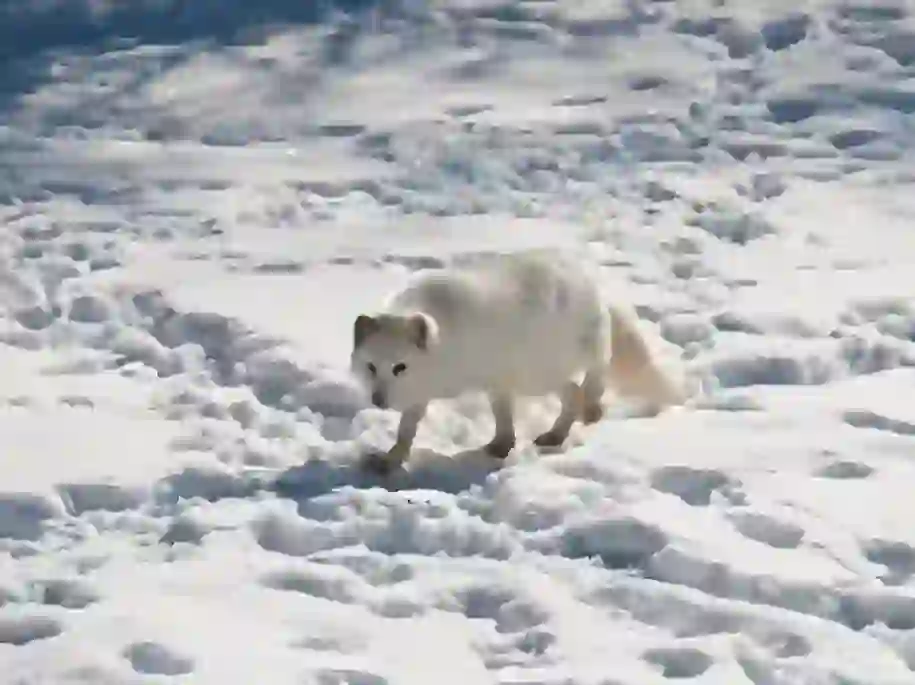
Arctic Fox
Arctic Fox
Arctic Fox
Do you know the Arctic fox, a fox whose whole body is white and whose ears are small? The Arctic fox, which lives around the Arctic Circle as its name suggests, is an animal rarely seen in zoos in Japan. So many people may say, “I heard the name for the first time,” or “I've never seen it in real life.” Whether you know the Arctic fox or not, let's take a look at what features and secrets they have in this article!
Arctic Fox Basic Infomation
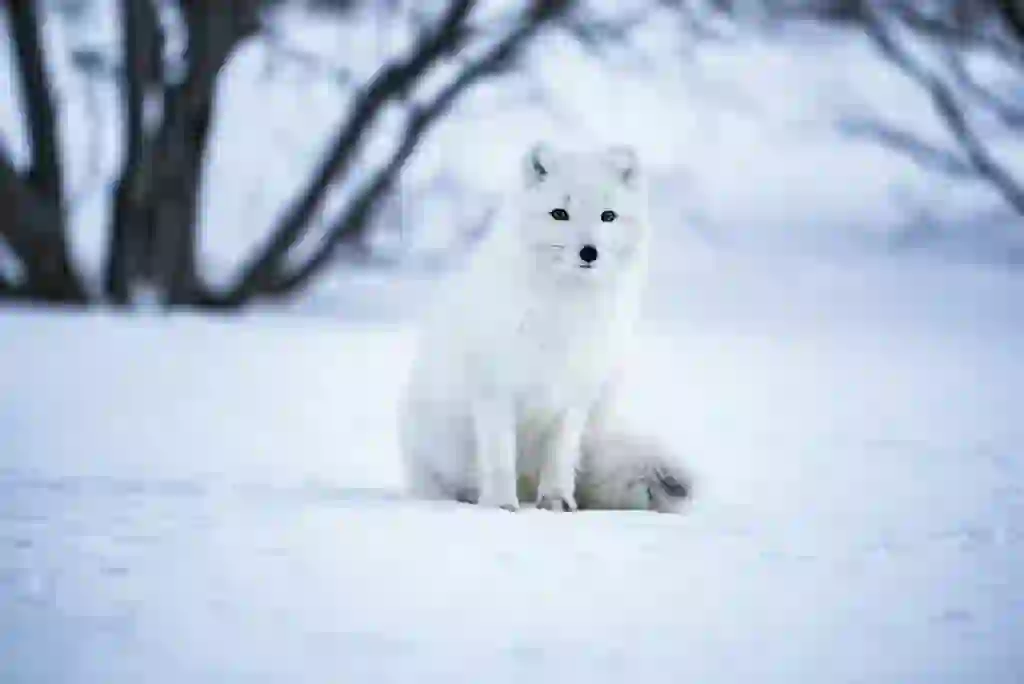
Mammalia-Carnivora-Canidae.
Length 45~67cm. Weight 1.4~9kg.
Arctic foxes are characterized by a short, velvety, handy coat covering the entire body.The color of the coat varies depending on the season and region, and it is known that there are two patterns.
"White type" in which the whole body becomes pure white in winter, gray-brown type in summer, and "blue type" in which the coat becomes blue-gray in winter and dark brown in summer.
Arctic foxes are essentially day animals that are active during bright times and live alone or in small family groups.In the wild, once a pair of males and females is formed, it is a "monogamous" animal that accompanies for a lifetime, but sometimes a combination of two females for one male can be seen.
Arctic foxes reach sexual maturity at about 9 to 10 months of age and are able to reproduce.The duration of pregnancy is about 49-57 days (52 days on average), and 2-15 children (7 on average) are born in one birth.Children start eating meat at about one month of age and wean at about one and a half months of age.
Arctic Fox Q&A

Where does the arctic fox get its name?
In English, it is called "arctic Fox", but in fact, it is called "hokkyokugitsune" in Japanese. Why is it called the hokkyokugitsune in Japanese this time? We will introduce its origin.
In conclusion, it is believed that the hokkyokugitsune was given this name because it is a fox that lives around the Arctic periphery, as its name suggests.
※The Arctic is called "Hokkyoku" in Japanese, and the fox is called "kitsune".
By the way, the scientific name is expressed as "Vulpes lagopus (Alopex lagopus)".
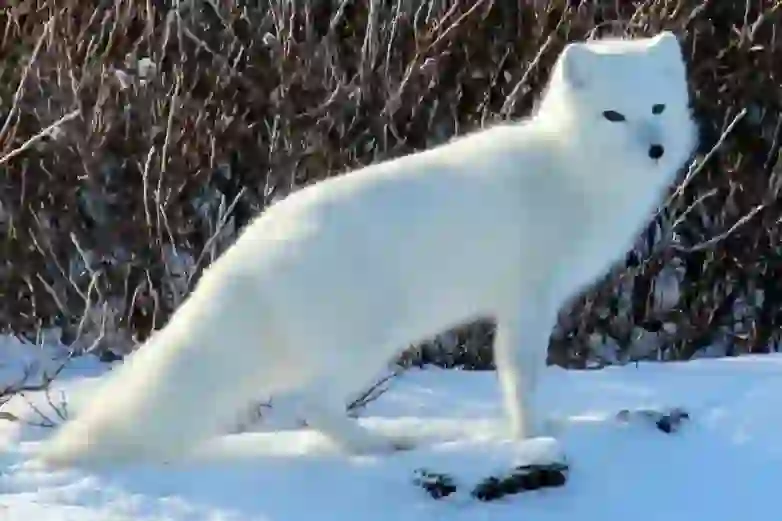
Why do arctic foxes live there?
Arctic foxes live in tundra and coastal areas of the arctic (North America, Eurasia, Scandinavia, Iceland, Greenland, etc.).
We don't know exactly why the arctic fox came to live in the Arctic Circle.However, polar foxes are animals that have been specialized in making their bodies withstand the cold so that they can live in the extremely cold Arctic.
They may have kept their species alive by daring to choose a harsh environment that other foxes can't live in.
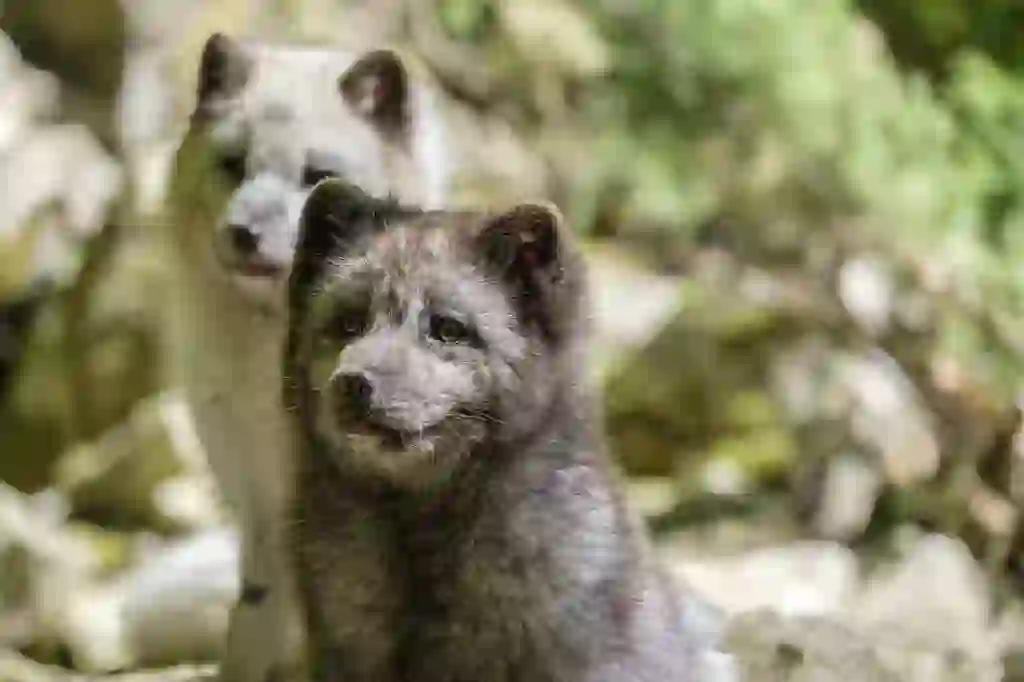
What do arctic foxes eat?
Arctic foxes are highly carnivorous omnivorous animals that eat a variety of things, mainly small mammals (such as lemmings, tundra voles, and arctic hares), birds (ancient murrelets and rock ptarmigans), fish and shellfish, fruits, and dead meat.
Arctic foxes live in areas that are covered in snow and ice in winter, making it difficult to find food.For this reason, they have a habit of catching extra prey during the food-rich summer months and storing it in the cracks in the rocks beneath the burrows and stones.
For arctic foxes, eating leftovers from polar bears is also an important food.Polar bears mainly catch and eat seals, but it is known that when seals are abundant, they eat only their fats and leave behind meat and internal organs.
Therefore, in the Arctic Circle, you can often see arctic foxes following the polar bears and trying to receive spilled seal meat and internal organs.
Arctic foxes also eat the carcasses of all animals, including walruses, whales, and reindeer.Arctic foxes play a role as cleaners in the Arctic Circle by eating leftovers and dead meat from other animals.
In addition, the zoo gives meat and fish such as chicken and atka mackerel, but sometimes it seems to give fruits such as persimmons.
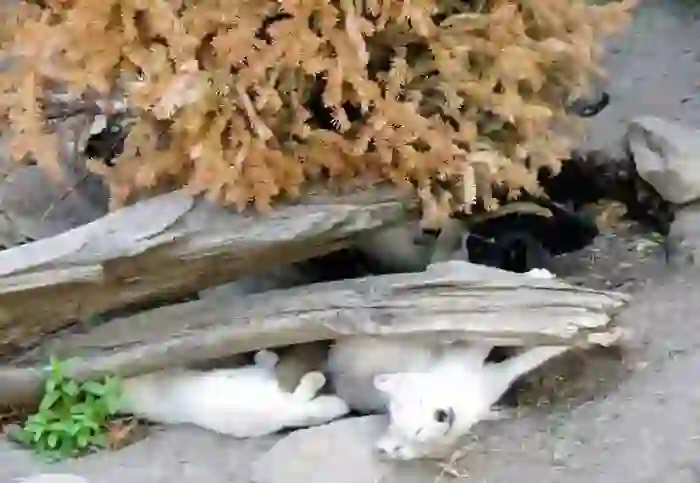
Is it true that arctic foxes are resistant to cold?
It's true.
In the arctic, where wild arctic foxes live, temperatures are often below -50°C.Arctic foxes that live in such an environment are very resistant to cold, and when they fall below -70°C, they finally show a little bit of coldness, but they can live without any problems even at -80°C.
The reason why arctic foxes are resistant to cold is because of their fluffy fur, which does not let heat escape, and the amount of fat stored in the body.
In addition, their bodies have a lot of ingenuity to cope with the cold, such as the shortness of their mouths (that is, the part protruding from the tip of their noses) and limbs, the smallness of their ears, and the growth of hair to the soles of their feet so that their body heat does not run out.
They also use a bulky tail as a cold shield, or use a shelter in a hole to withstand a blizzard, or use anything they can to protect themselves from the cold.
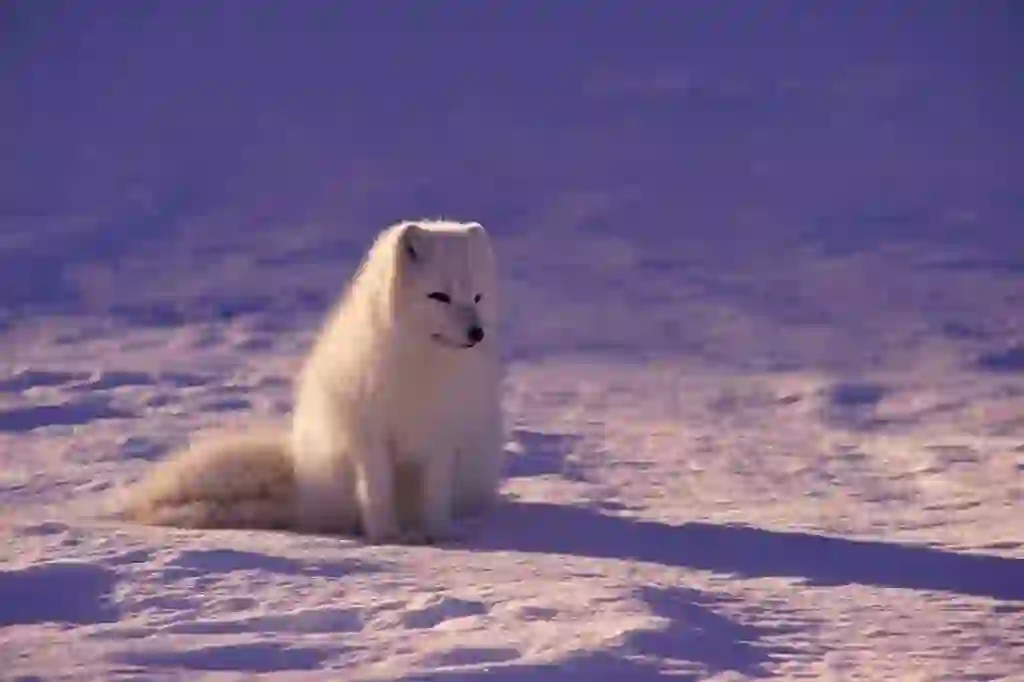
What is the difference between arctic foxes and other foxes?
"Is it true that arctic foxes are resistant to cold?"However, as I explained, the body of the arctic fox has a lot of ingenuity to cope with the cold.
So what's the difference between red foxes, which live in temperate zones, fennec, which live in hot deserts by day and cold deserts by night, and arctic foxes?
If you compare arctic foxes, red foxes and fenneces, you can see that the size of the ears is different.The ears of the arctic fox are small for the size of the face, and the ears of fennec are large for the size of the face.
And you can see that the ear of the red fox is larger than the arctic fox and smaller than the fennec.
Because of this, the arctic fox ears, which live in a cold place and do not want to let the body heat escape, are small, and the fennec ears, which live in a hot place and want to let the body heat escape, are getting bigger.
In biology, the part that protrudes from the body (ears, nose, etc.) becomes smaller than the animal that inhabits such a cold area is called "Allen's law".
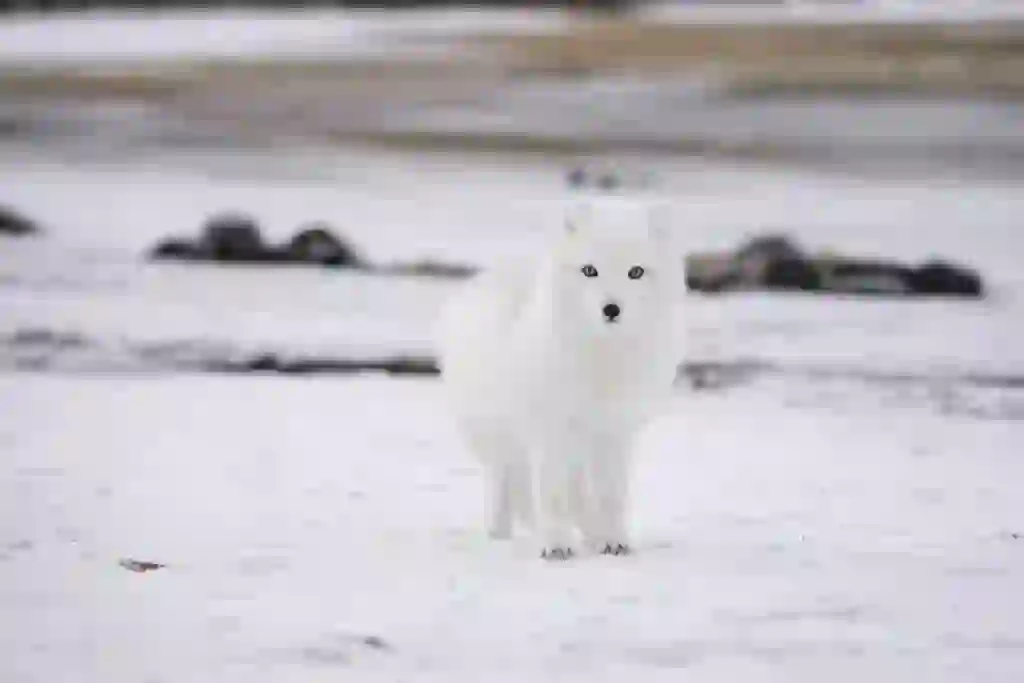
Is it true that arctic foxes travel very long distances?
It's true.
Arctic foxes are known to travel very long distances compared to other foxes.
Between 1974 and 1975, an arctic fox traveled 1,530km straight from Canada to the United States, and between 2018 and 2019, another female arctic fox traveled 3,500km from Norway to Canada.
Arctic foxes are thought to travel by all means, from walking to swimming and using sea ice.

Can arctic foxes be kept as pets?
When breeding rare animals, it is necessary to follow the laws established in some countries. This time, I will introduce whether it is possible to raise an arctic fox at home in Japan.
Arctic foxes are animals not listed in the Washington Convention (Convention on International Trade in Endangered Species of Wild Fauna and Flora), an international arrangement to protect wildlife.In addition, it is not designated as a "specific animal" that may endanger human life and property under Japanese law.
So, there is still some possibility of raising arctic foxes.However, since arctic foxes inhabit very cold areas are weak to heat, because they are wild animals, they are powerful and fast moving, and because they are not generally bred animals, they are not animals suitable for pets.
“I want to have an arctic fox!”First, find a veterinary hospital where you can examine and treat arctic foxes.After that, it is a good idea to look for animal dealers who are importing, exporting and selling wild animals, and consult whether it is possible to import arctic foxes, and how to breed the environment and equipment.
By the way, when importing foxes and other dog companions, you need to be quarantined for rabies.Therefore, depending on the country of importation, arctic foxes must undergo mooring inspection for a certain period of time after importation.
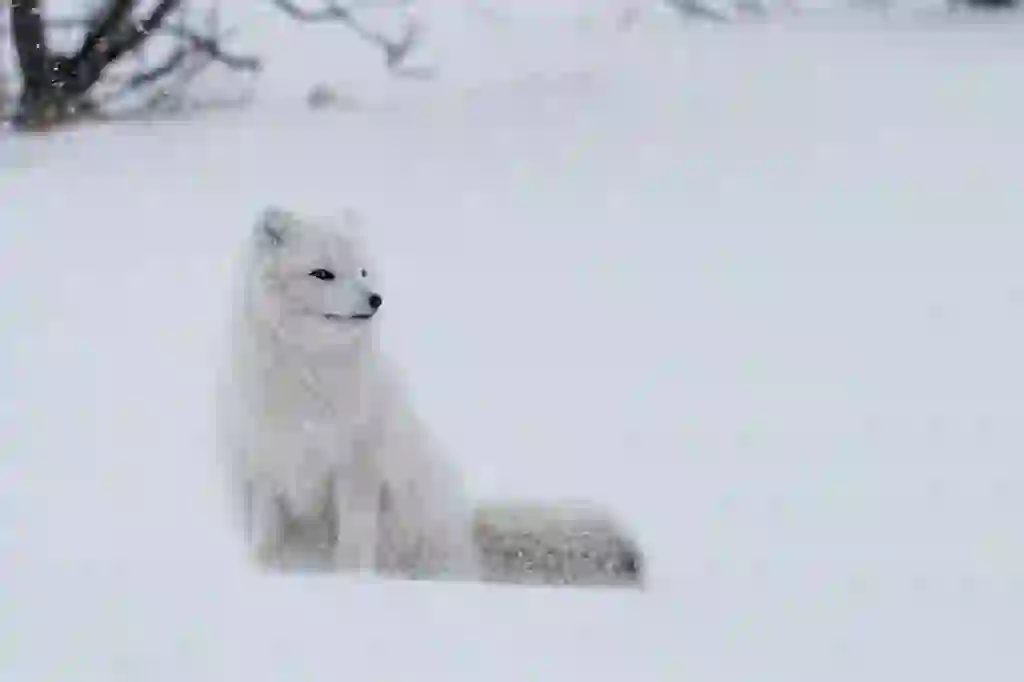
Is there a place to see arctic foxes in Japan?
Arctic foxes are bred at the Asahiyama Zoo in Hokkaido and the Zao Fox Village in Miyagi Prefecture.
Especially in Zao Fox Village, babies of arctic foxes are born as every year, and if the timing is good, you can do it.If you really want to see the arctic fox, you should try it.
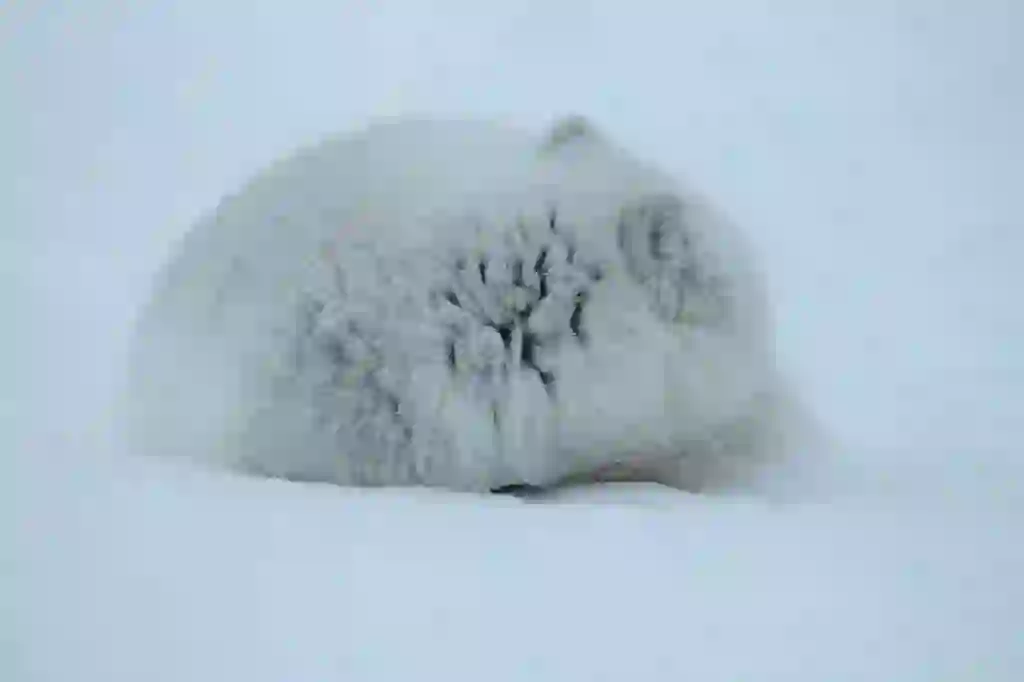
What is the lifespan of an arctic fox?
Arctic foxes are thought to live about three to six years in the wild, but some individuals live 15 years in captivity.
However, because wild arctic foxes live in very harsh environments, it is not uncommon for them to die within a year of birth.Arctic foxes give birth to as many children at one time as possible so that as many as possible can survive.

What enemies does an arctic fox have?
It is said that the natural enemies of arctic foxes in the wild are polar bears, wolves and red foxes.
In particular, it is believed that there is a competition with red foxes that eat almost the same thing, and it seems that if you fight over food, your body often loses to a larger red fox.There are also areas where children are being eaten by red foxes, and the number is decreasing.
But the biggest enemy of arctic foxes is us humans.
Arctic foxes have long been captured for their warm, high-quality fur.
In particular, arctic foxes living in the Scandinavian Peninsula (Sweden, Norway, Finland) have been hunted for fur, so the number of inhabitants is extremely low at about 300, and it is worried that it will become extinct.
But what threatens arctic foxes even more is climate change and environmental destruction caused by global warming.
In particular, it is said that the arctic ice and snow melt due to climate change, and the white fur of the arctic fox is prominent and hinders hunting.
Rising temperatures are also threatening the lives of competing red foxes by expanding their habitat and invading the habitat of arctic foxes.
Given these circumstances, the population of arctic foxes is thought to be declining.Except for the arctic foxes in Scandinavia, they are not immediately threatened with extinction, but unfortunately, their future is not bright.

Would you like to become a part of the 'Animalbook.jp'?
Turn your knowledge into Q&A and share it with the world. ※Publication will be activated after purchase. Let's share information together!
Arctic Fox Type of List
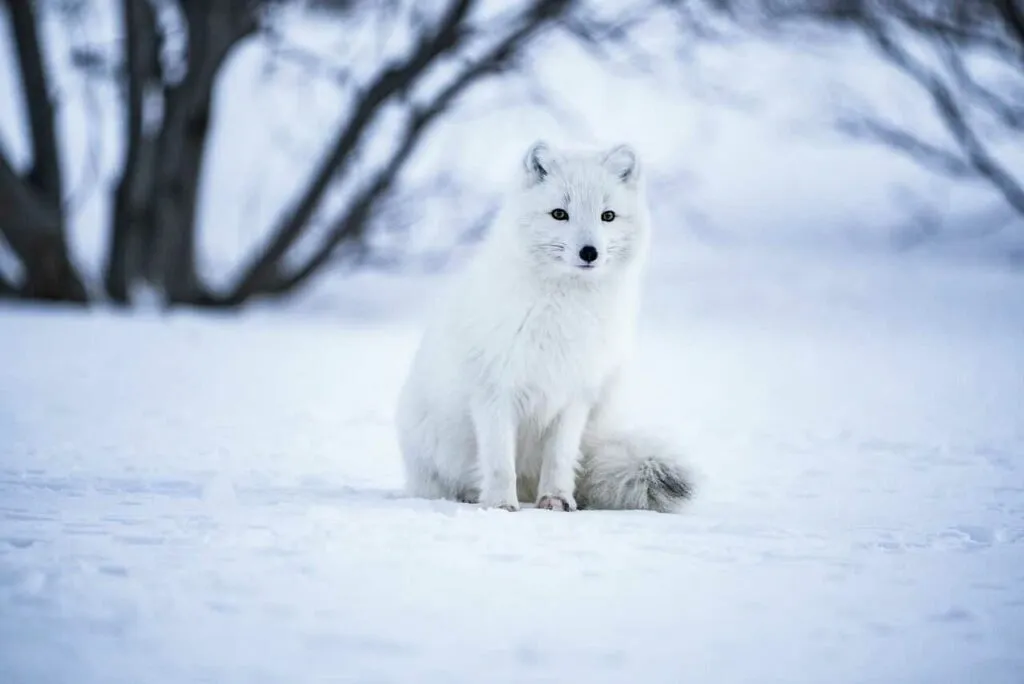
- Arctic Fox
Information
Congratulations! You are the first commenter!

Create Your Favorite List!
Arctic Fox
Save the animals you love! Build your own list to quickly revisit your favorites later.

Would you like to leave a comment?
※Please note: This is for the purchase of rights to post comments within the article.
Find Your Favorites!
Our shop offers a unique and attractive selection of goods themed around various animals.
Arctic Fox References

- 今泉 忠明(2007年)『野生イヌの百科』データハウス
- WWW.GREELANE.COM「魅力的なホッキョクギツネの事実」 https://www.greelane.com/ja/科学技術数学/動物自然/arctic-fox-facts-4171585/
- 旭山市「モユク☆カムイ65」 https://www.city.asahikawa.hokkaido.jp/asahiyamazoo/2200/p008794_d/fil/moyuku1-moyuku065.pdf
- ナショナルジオグラフィック「動物大図鑑 ホッキョクギツネ」 https://natgeo.nikkeibp.co.jp/nng/article/20141218/428902/
- 旭川市旭山動物園「動物図録 ホッキョクギツネ」 https://www.city.asahikawa.hokkaido.jp/asahiyamazoo/zuroku/arctic/d056203.html
- THE GREAT STATE of ALASKA 「Arctic Fox」 https://www.adfg.alaska.gov/static/education/wns/arctic_fox.pdf
- HUFFPOST「ホッキョクギツネ、3500kmの大移動に研究員衝撃。「最初は信じられなかった」ノルウェーカナダ間」 https://www.huffingtonpost.jp/entry/story_jp_5d3becaee4b0ef792e0c699a
Arctic Fox Introduction of media used

出典:https://unsplash.com/photos/V__yW0wQCOs

出典:https://pixabay.com/images/id-3379109/

出典:https://unsplash.com/photos/xgTMSz6kegE

出典:https://unsplash.com/photos/JIEAX-Gcuws

出典:https://unsplash.com/photos/4kBSoO9DBbI

出典:https://pixabay.com/images/id-404311/

similar
出典:https://pixabay.com/images/id-5807197/
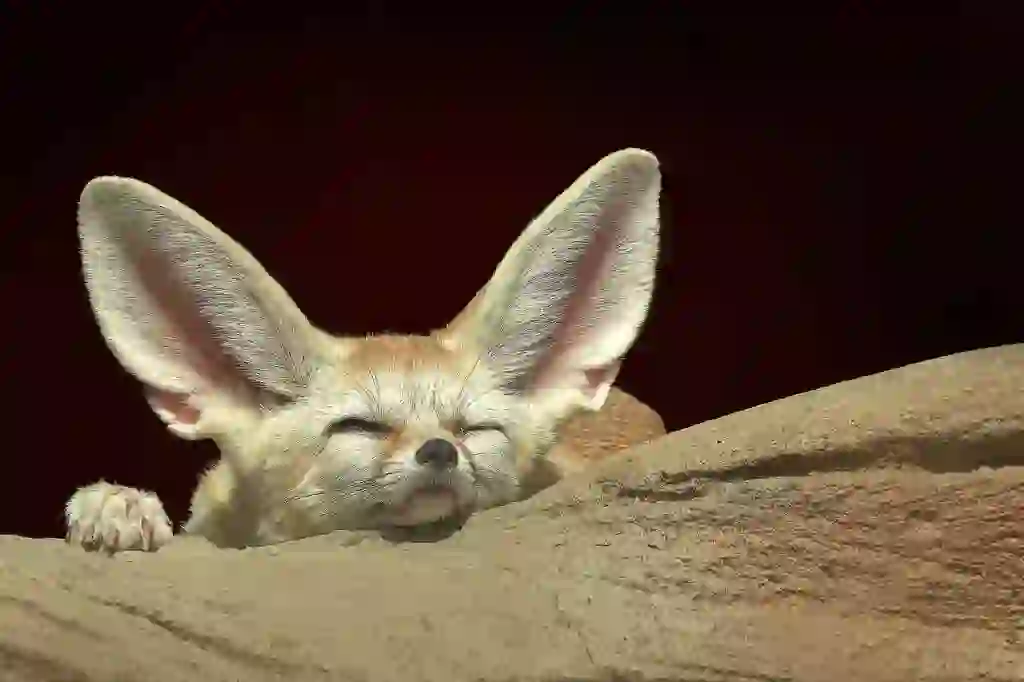
similar
出典:https://pixabay.com/images/id-6572061/
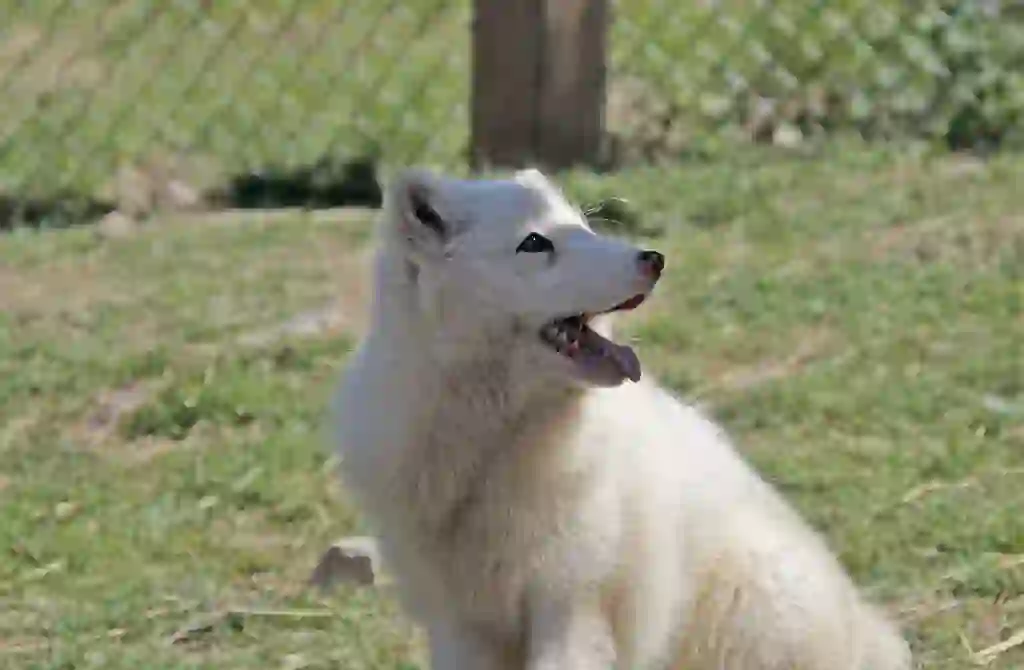
出典:https://pixabay.com/images/id-4146302/
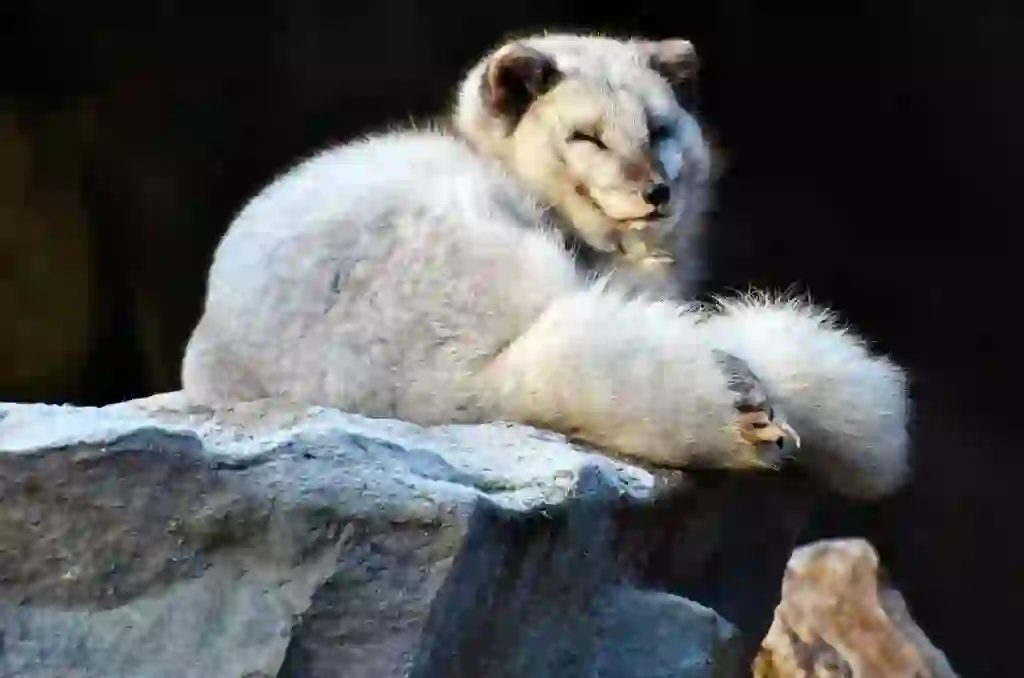
出典:https://pixabay.com/images/id-3042142/
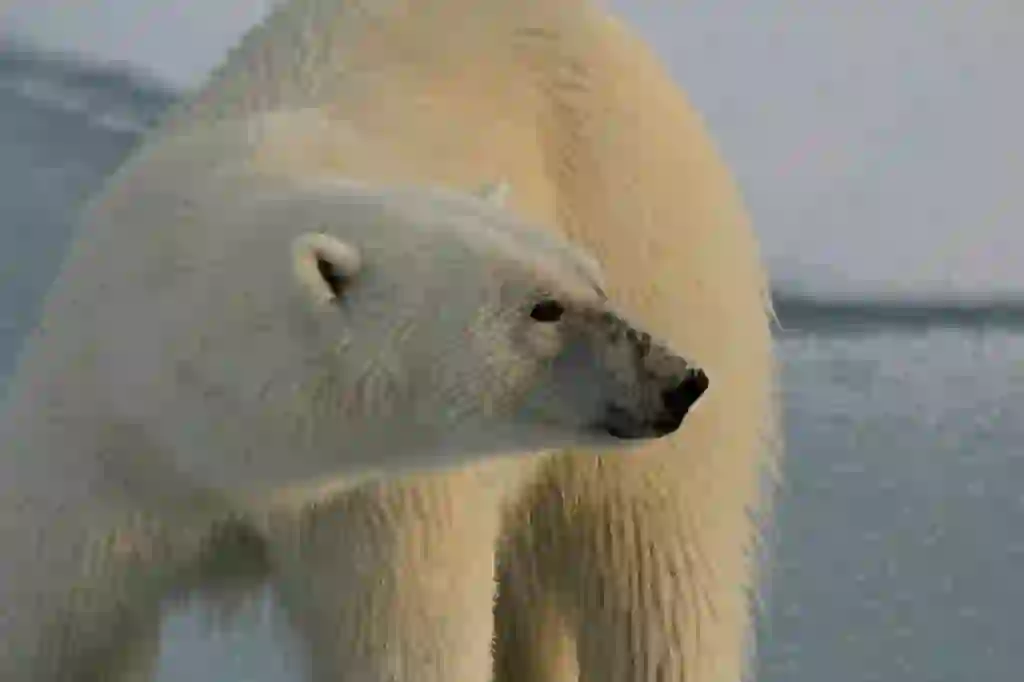
enemy
出典:https://unsplash.com/photos/oivVfGFKbXI
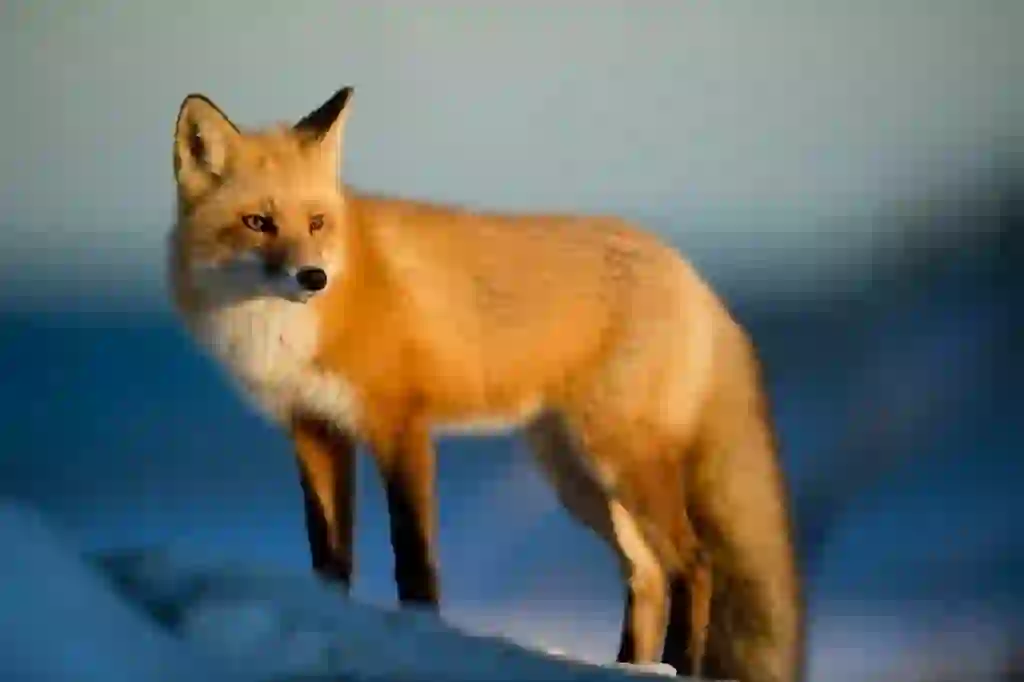
similar
出典:https://unsplash.com/photos/xUUZcpQlqpM
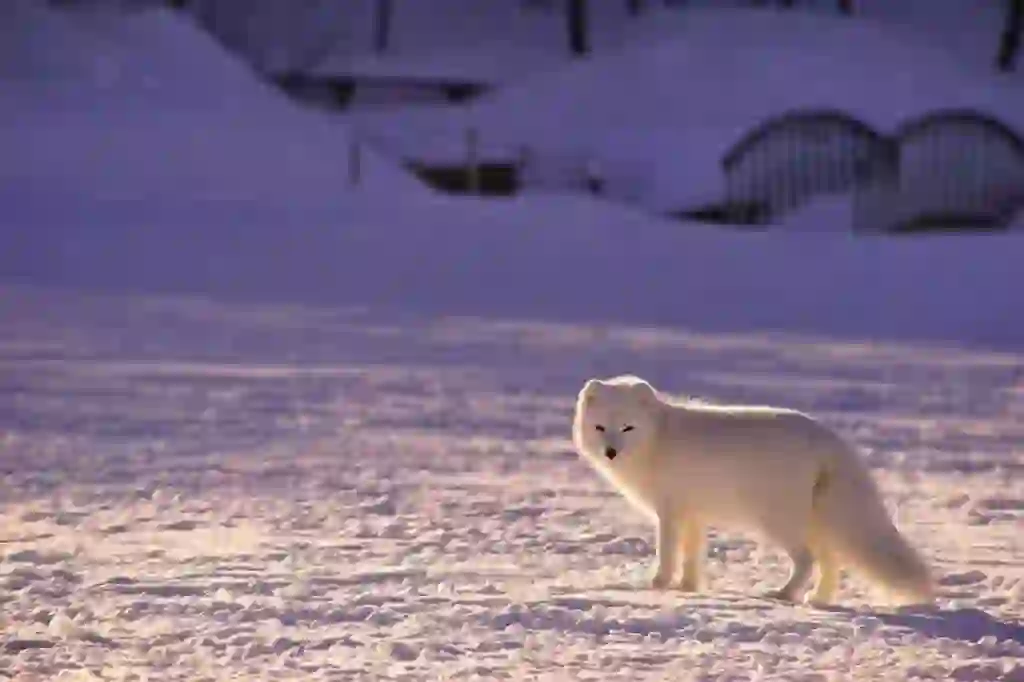
出典:https://unsplash.com/photos/ezgtejDRFHc

Help Enrich Our Animalbook.jp with Your Media!
We are constantly looking to expand and enrich our Animalbook.jp with amazing photos and videos of animals. If you have any media that you'd like to share, please contribute and help us showcase the beauty and diversity of the animal kingdom. Your submissions will be credited and featured in our encyclopedia, reaching a wide audience of animal lovers.
















